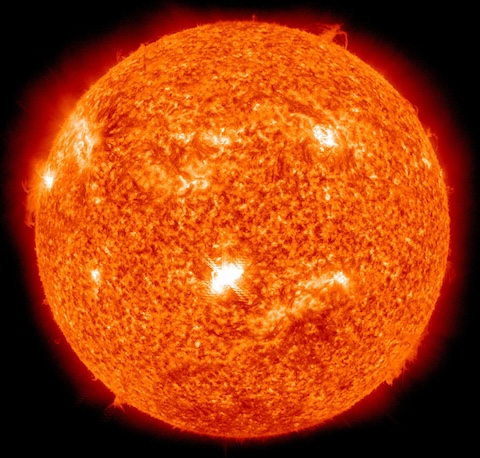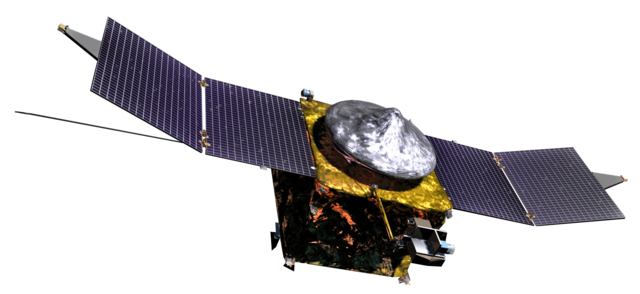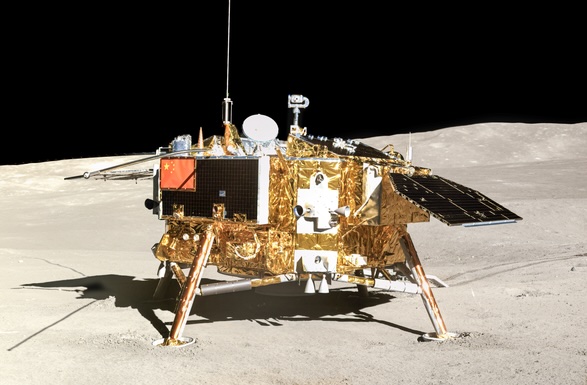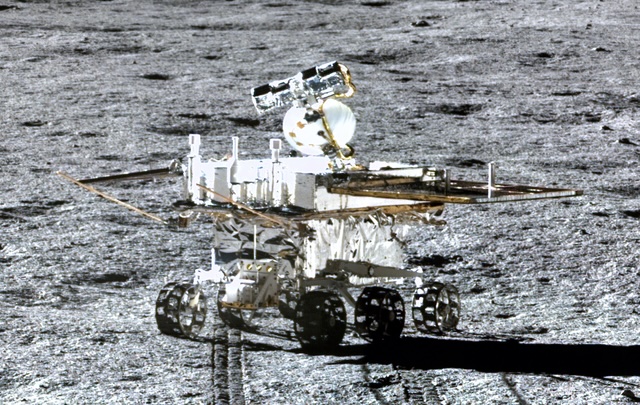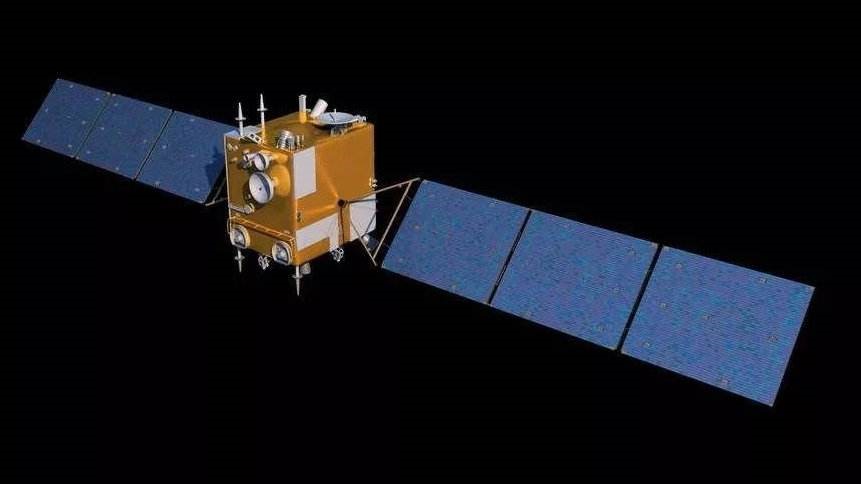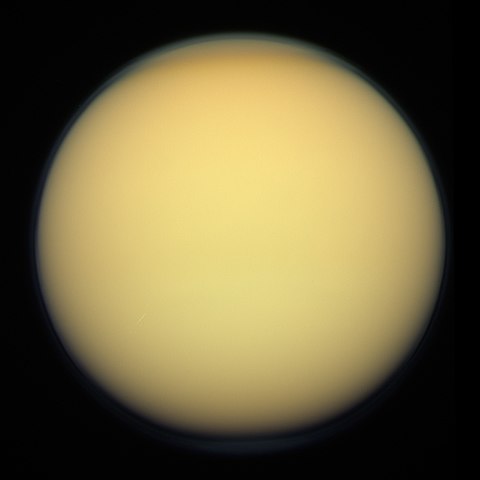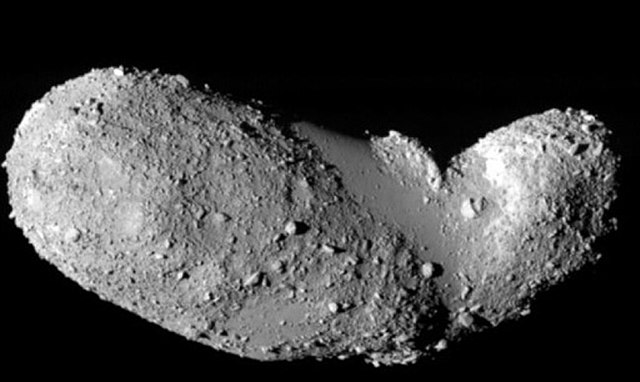1 day / second
0.5 AU
Parker Solar Probe
Spacecraft
A NASA spacecraft launched in 2018 that uses multiple Venus gravity assists to incrementally lower its orbit, allowing it to repeatedly dive through the Sun's outer atmosphere while breaking records for both closest solar approach and fastest human-made object.
Key Facts
organization | NASA |
orbital regime | Inner System |
learn more | Wikipedia |
launched | 2018-08-12 |
launch mass | 685 kg |
power | 343 watts |
Mission Timeline
Launched
August 12, 2018 at 07:31 UTC
Venus
Gravity Assist
Parker Solar Probe performed its first Venus flyby on October 3, 2018, passing 1,500 miles above the planet's surface to adjust its trajectory for future solar encounters.
Sol (The Sun)
Orbiter
Parker Solar Probe launched on a historic mission to study the Sun's corona and solar wind, making its first close approach on November 5, 2018, flying within 15 million miles of the solar surface.


